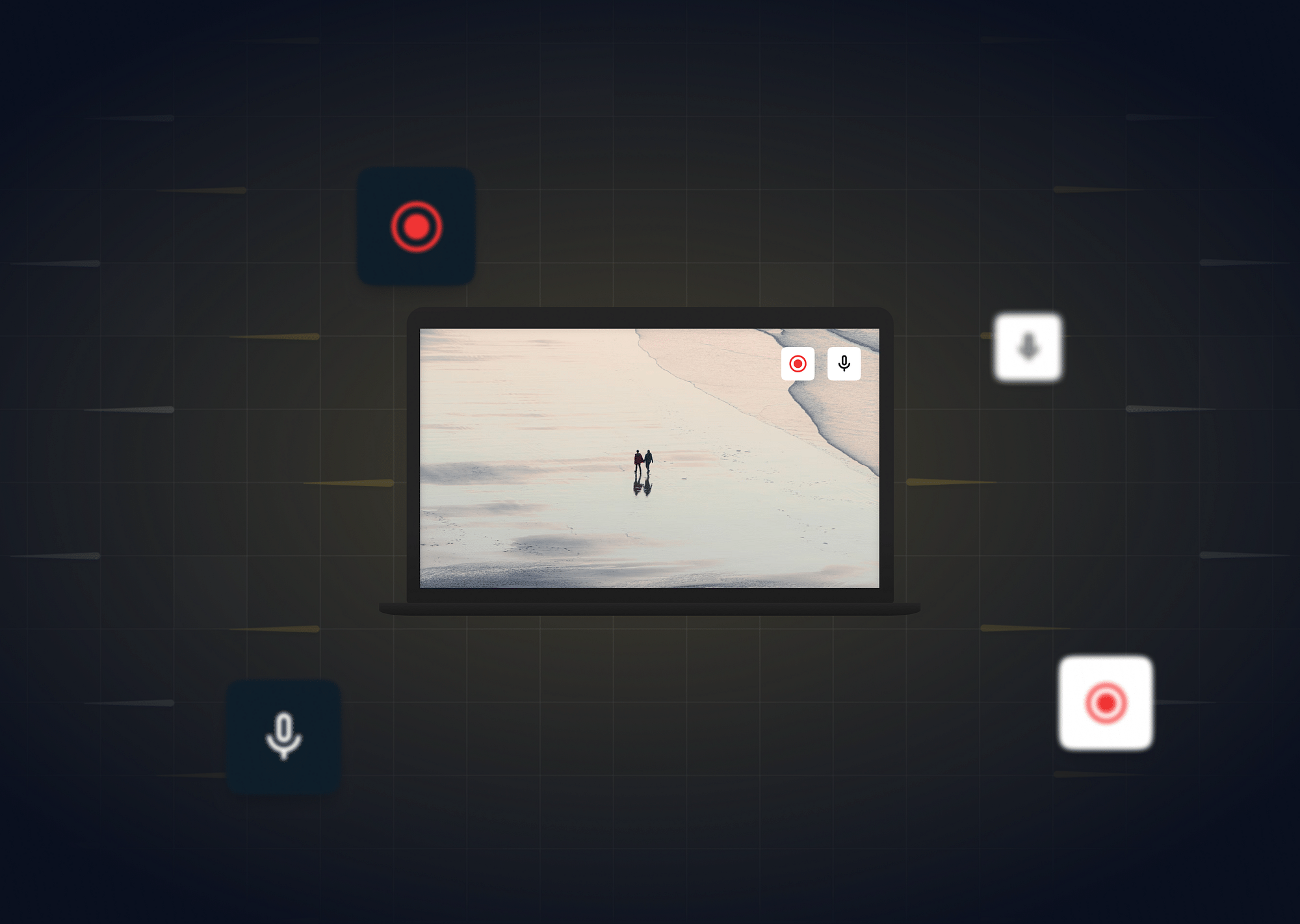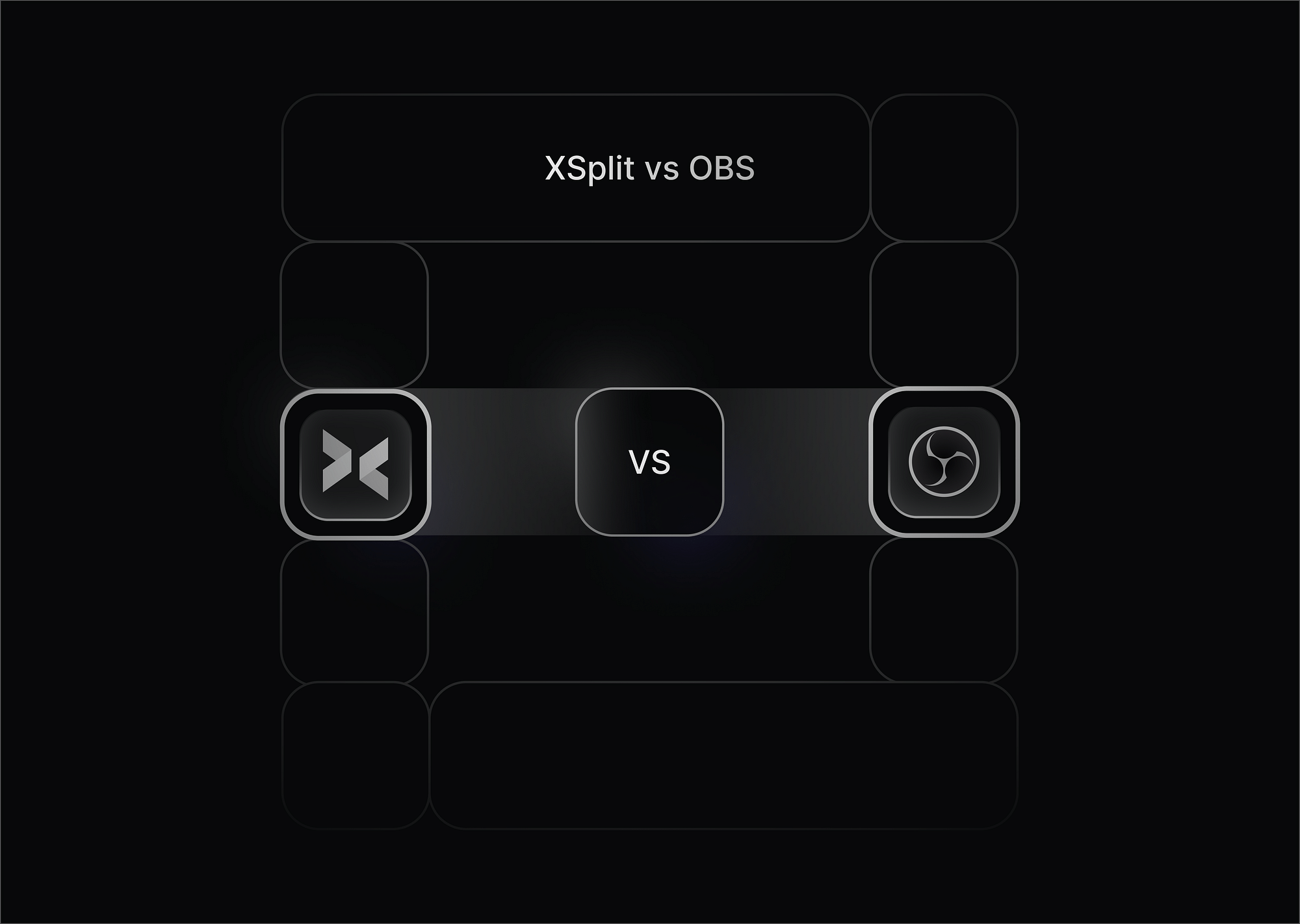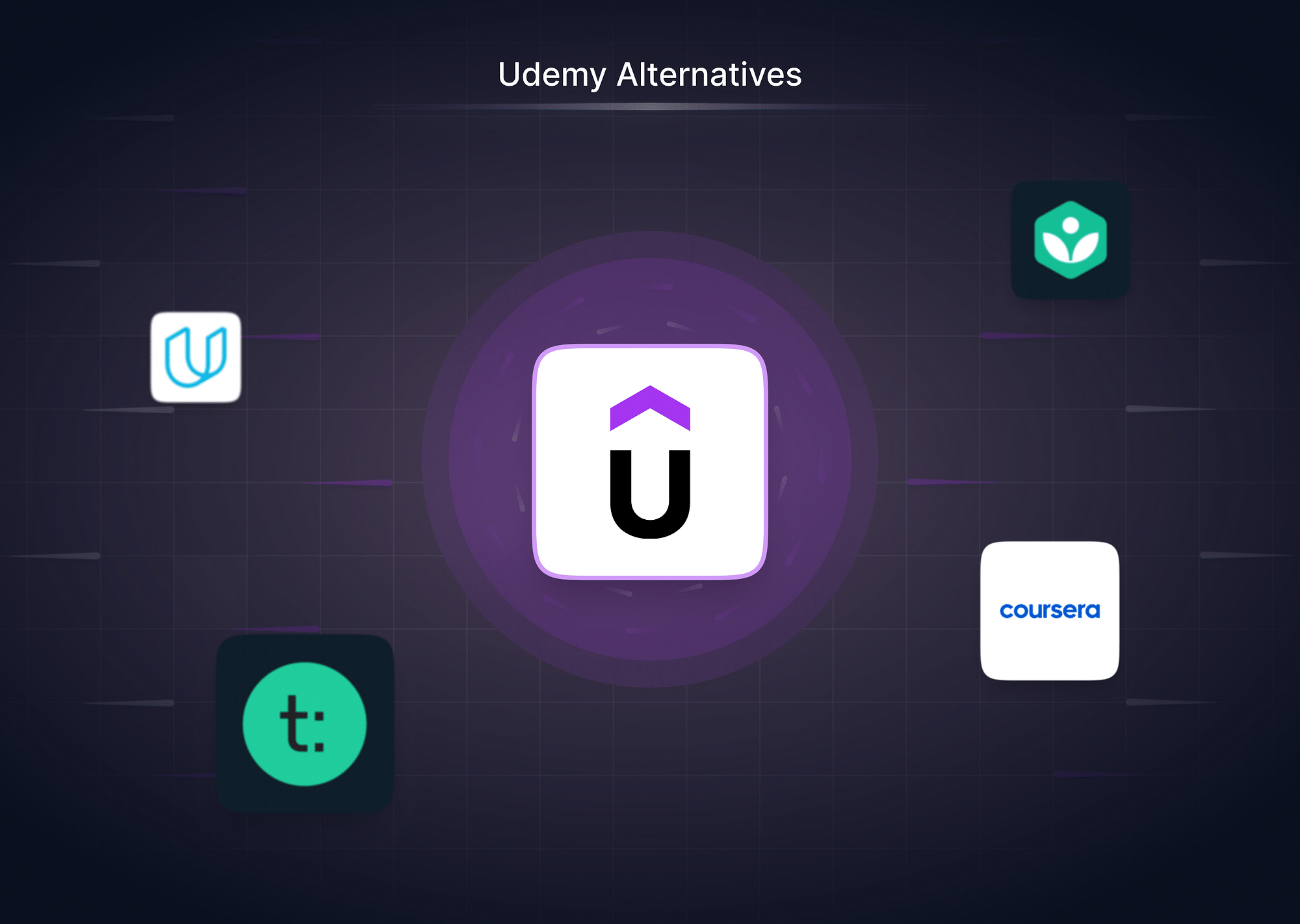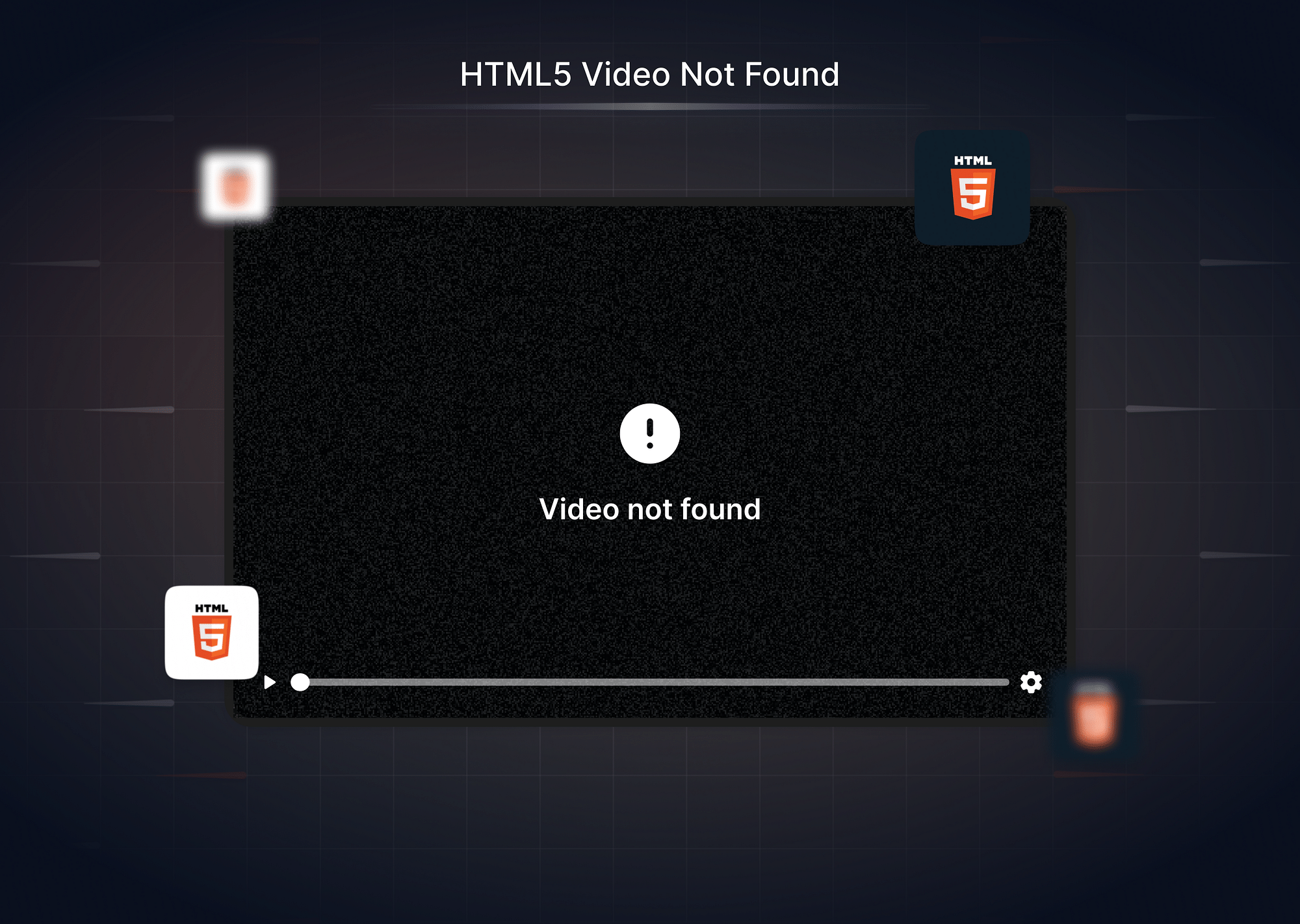Screen recording on a Chromebook can be useful for tutorials, presentations, and saving moments from your screen with ease. This guide will walk you through the best screen recording methods for Chromebook to capture your screen activity seamlessly.
How to Screen Record on Chromebook (with Audio)?
When it comes to recording on Chromebook, the built-in screen recorder is by far the most efficient and accessible tool. It offers an easy way to record video on Chromebook, complete with options to capture audio. Whether you’re recording a tutorial, a presentation, or a live stream, the built-in Chromebook screen capture tool is a reliable solution that requires no additional software.
Using the Built-in Screen Recorder
The built-in screen recorder Chromebook offers can be accessed quickly and used to record the entire screen, a specific window, or just a portion of the screen. Additionally, you can choose to capture audio—either system sound or input from your microphone. This flexibility makes it an all-in-one solution for screen capture on a Chromebook.
With Keyboard Hotkeys
For those who prefer quick access, Chromebook shortcuts allow you to instantly bring up the screen recorder:
- Press Ctrl + Shift + Show Windows Key (the key that looks like a rectangle with two vertical lines).
- The Screen Capture toolbar will appear at the bottom of your screen.
- Click on the video icon (a camera symbol) to switch from screenshot to video recording mode.
- Toggle audio recording on or off by clicking the settings icon (gear icon). This allows you to either capture sound from your microphone or mute the audio.
- You can then choose your recording preference:
- Entire Screen: Click anywhere on the screen to start recording the entire display.
- Specific Window: Click the window you want to record.
- Partial Screen: Drag your cursor to highlight the portion of the screen you wish to capture.
- Once you’ve made your selection, the recording will begin.
This method is highly efficient for users who prefer using keyboard shortcuts. It’s perfect for quick screen capture on Chromebook, especially when you’re in the middle of a project and don’t want to break your workflow.
Without Keyboard Hotkeys (Using the Quick Settings Panel)
For users who prefer navigating through menus, the Quick Settings panel offers an alternative way to access the Chromebook screen recorder.
- Click on the clock area in the bottom-right corner of your screen to bring up the Quick Settings menu.
- Find and click on the “Screen Capture” icon, which looks like a camera.
- This will open the Screen Capture toolbar at the bottom of your screen.
- Just like with keyboard shortcuts, select the video recording icon to enter screen recording mode.
- Adjust your audio settings by clicking on the gear icon to toggle audio on or off.
- Choose your preferred capture mode:
- Record the full screen by clicking anywhere on the screen.
- Capture a window by selecting the window you want.
- Record a portion of the screen by dragging to highlight the area you want to record.
The Quick Settings method is ideal if you’re unfamiliar with Chromebook shortcuts or if you prefer using the mouse for navigation.
Recording Options Available
When using the built-in screen recorder for Chromebook, you can easily customize your recording settings to suit your needs:
- Audio On/Off: The built-in recorder allows you to choose whether you want to record audio. You can capture system audio (e.g., from a video or app) or input from your microphone if you’re narrating or explaining something. This is especially useful when you need a voiceover or want to record sound from a meeting or live stream.
- Quality Settings: You can adjust the video quality to optimize your recording for clarity or file size. Higher resolutions result in clearer videos but may take up more storage space. Ensure you pick a setting that best balances performance and file size depending on your Chromebook’s capacity.
Why This Method is the Best for Screen Recording on Chromebook?
- The built-in screen capture tool is specifically designed for Chrome OS, making it highly optimized for performance and ease of use. It doesn’t require installing any third-party apps, which means it’s lightweight and won’t slow down your device.
- Furthermore, it includes all the essential features you’d need, such as the ability to screen record with audio, various screen capture options, and adjustable settings for flexibility.
- Additionally, because it’s an integrated feature, your Chromebook shortcuts allow for quick and easy access, making this the go-to solution for most users looking to screen record on Chromebook.
How to Stop Screen Recording on Chromebook?
Once you’ve captured what you need, stopping the recording is straightforward. Here’s how you do it:
- Click on the red stop button that appears on the right side of your shelf (bottom toolbar).
- Your recording will automatically be saved in the “Downloads” folder as a .webm file.
How to Stop Screen Record on Chromebook Shortcut
Alternatively, use Ctrl + Shift + Show Windows Key again to open the toolbar and click on the stop icon.
Where to Find the Saved Screen Recordings?
After stopping the recording, it will be stored in your “Downloads” folder, typically as a .webm file. Follow these steps to access it:
- Open the Files app from your app launcher.
- Navigate to the Downloads folder.
- Your recording will be there, named with the date and time of recording.
Best Browser Extensions to Record Screen on Chromebook
While the built-in screen recorder for Chromebook is a fantastic option for quick and easy recordings, there are instances where you might need more advanced features. In these cases, using browser extensions can significantly enhance your recording on Chromebook experience. Browser extensions can offer more flexibility, advanced tools, and integrations that the native tool does not provide.
Here are some of the best screen recording extensions:
1. VMaker Screen Recorder
- Why It’s Good: Offers unlimited recording with webcam overlay, voiceover, and cloud storage.
- Other Features: Lets you draw on the screen while recording, supports exporting in multiple formats.
- Free or Paid: Free version with premium features available.
- Download VMaker Screen Recorder
2. Screencastify
- Why It’s Good: Ideal for educational videos with its annotation and webcam features.
- Other Features: Direct integration with Google Drive and YouTube, plus trimming options.
- Free or Paid: Free with paid options available.
- Download Screencastify
3. Wondershare DemoAir
- Why It’s Good: Best for business presentations and team collaborations.
- Other Features: Supports quick sharing to platforms like Slack, Jira, and Trello.
- Free or Paid: Free trial available but with restricted capabilities. Paid plans for the full potential of this tool.
- Download Wondershare DemoAir
4. Awesome Screen Recorder
- Why It’s Good: Great for simple, quick recordings with minimal setup.
- Other Features: Allows screenshot capture and simple video trimming.
- Free or Paid: Free to use with paid upgrades for more storage and editing features.
- Download Awesome Screen Recorder
5. Loom
- Why It’s Good: Excellent for quick sharing with its cloud-based recording and instant sharing links.
- Other Features: Webcam overlay, screen annotation, and team collaboration tools.
- Free or Paid: Free tier available with paid premium options.
- Download Loom
Conclusion
Whether you’re using the built-in screen recorder on your Chromebook or opting for browser extensions for added functionality, screen recording has never been more accessible. The built-in tool offers a quick and efficient way to capture your screen for personal use, tutorials, or school projects. However, if you need extended features like longer recordings, annotation, or cloud storage, browser extensions are a powerful alternative.
FAQs
1. How do I allow Chrome to record my screen?
To allow Chrome to record your screen, go to Chrome settings, navigate to "Privacy and Security," and ensure screen recording permissions are enabled.
2. How to screen record on Chromebook without Windows key?
You can access the Screen Capture tool from the Quick Settings panel by clicking the clock area on the bottom-right and selecting the screen capture icon, no keyboard shortcuts required.
3. Do Chromebook screen recordings have sound by default?
No, sound is not enabled by default. You need to manually toggle the audio option in the Screen Capture toolbar to record sound.
4. Why won't my Chromebook let me screen record?
Check that your Chromebook has the latest OS update and ensure there is enough storage space to save recordings. If it still doesn’t work, try restarting your device.




